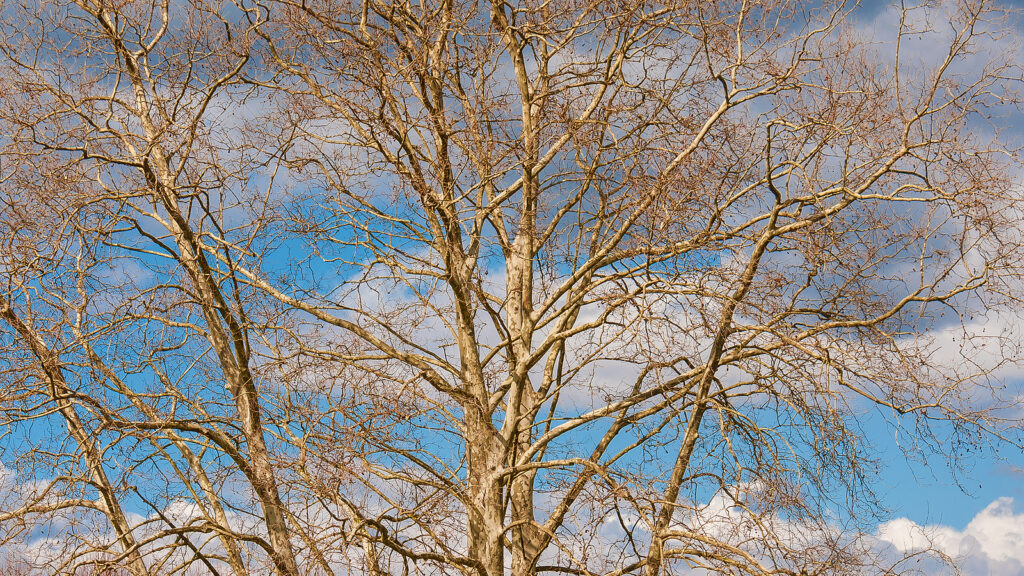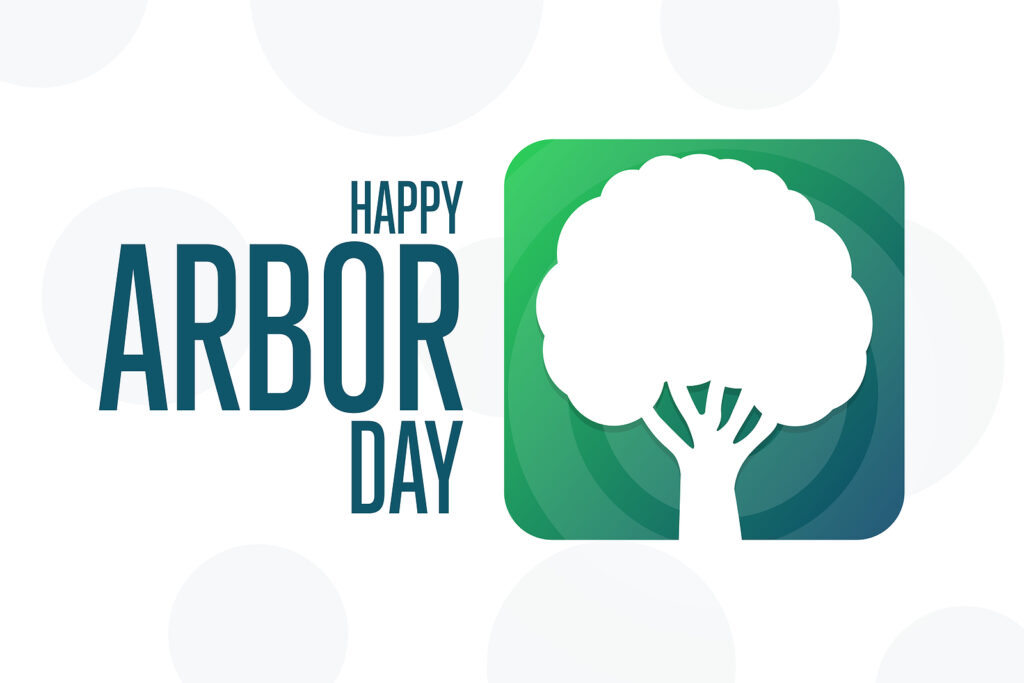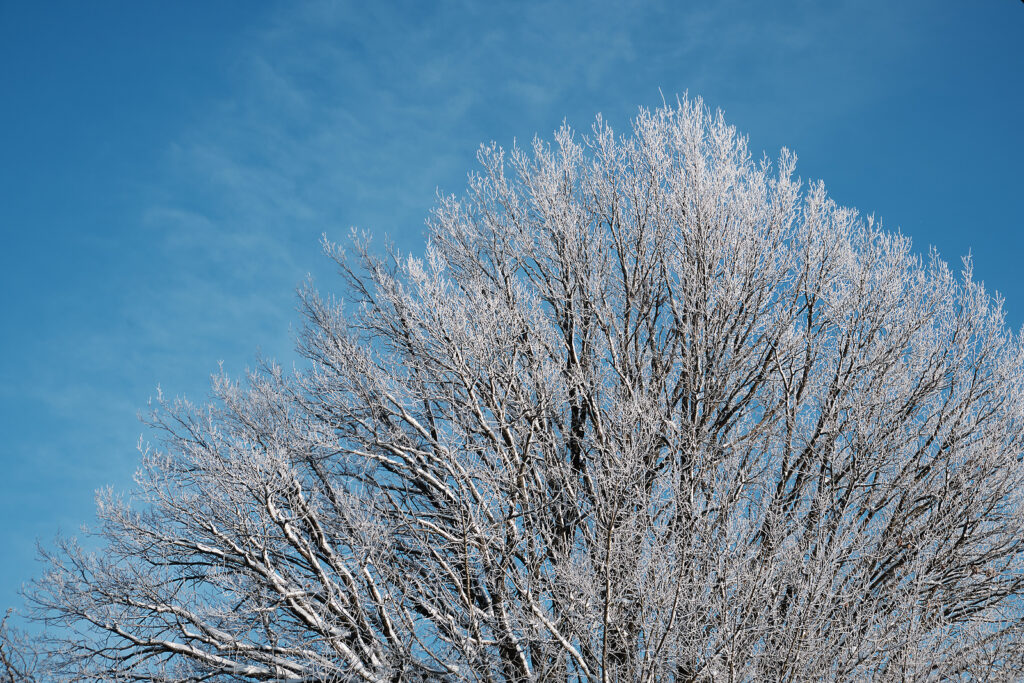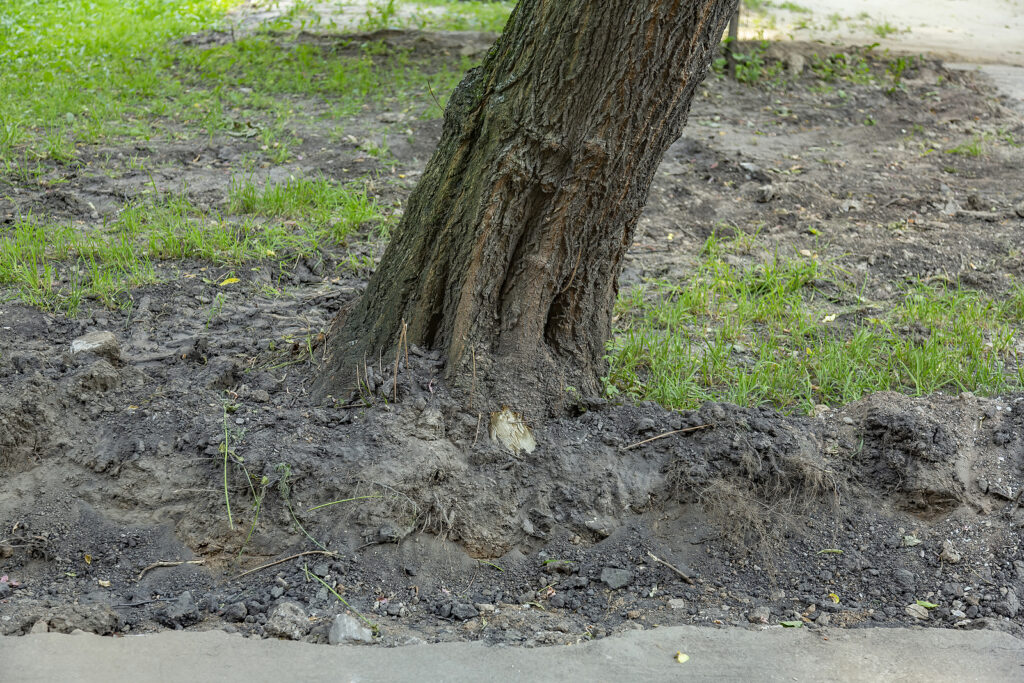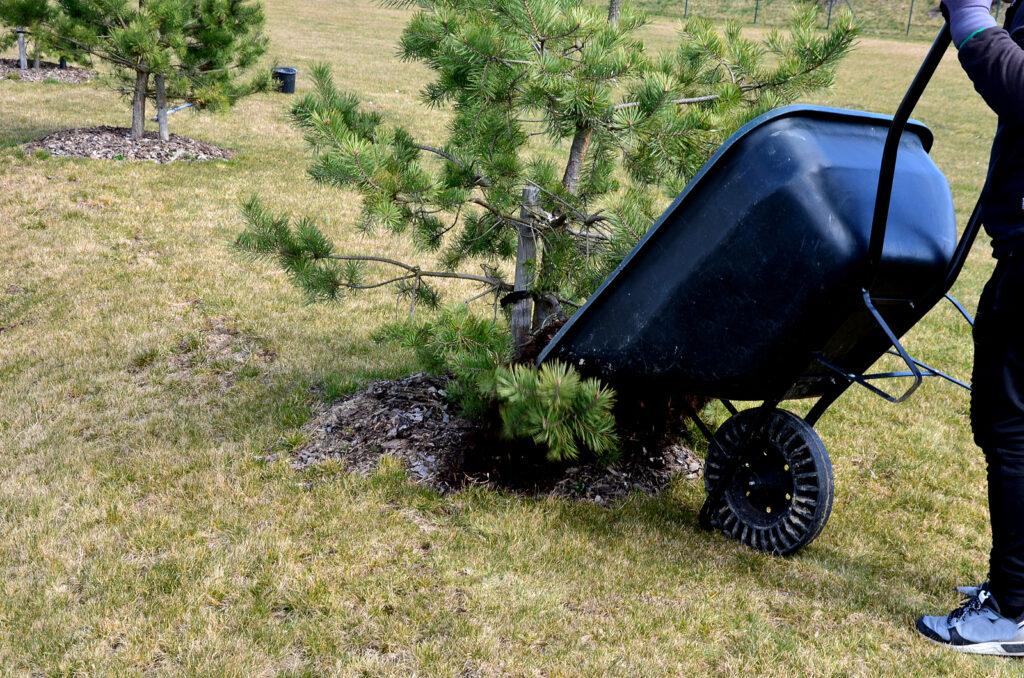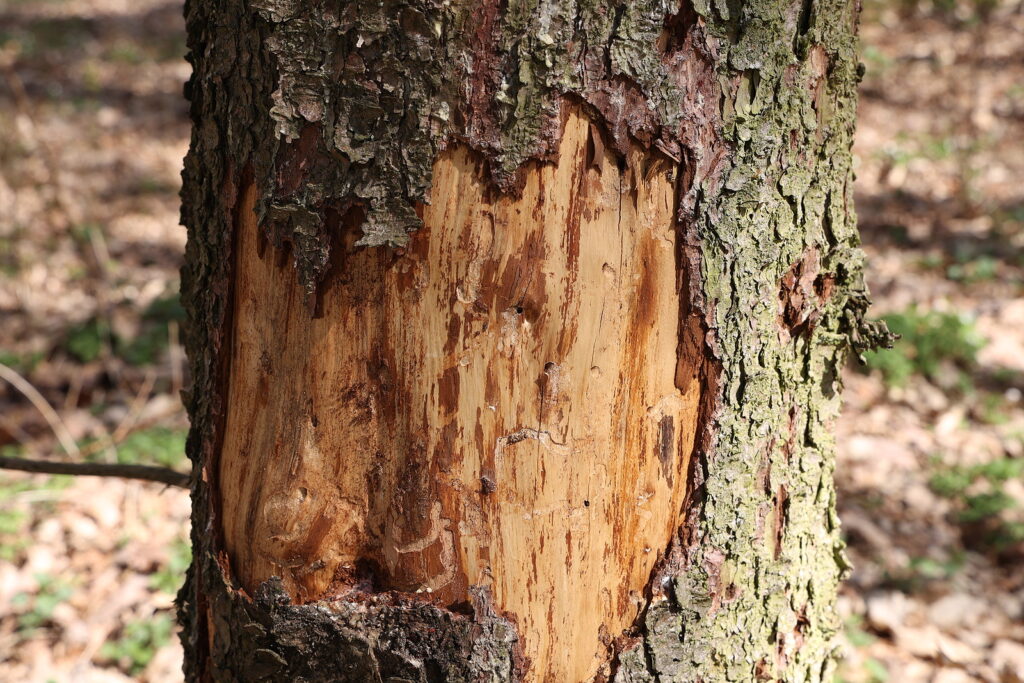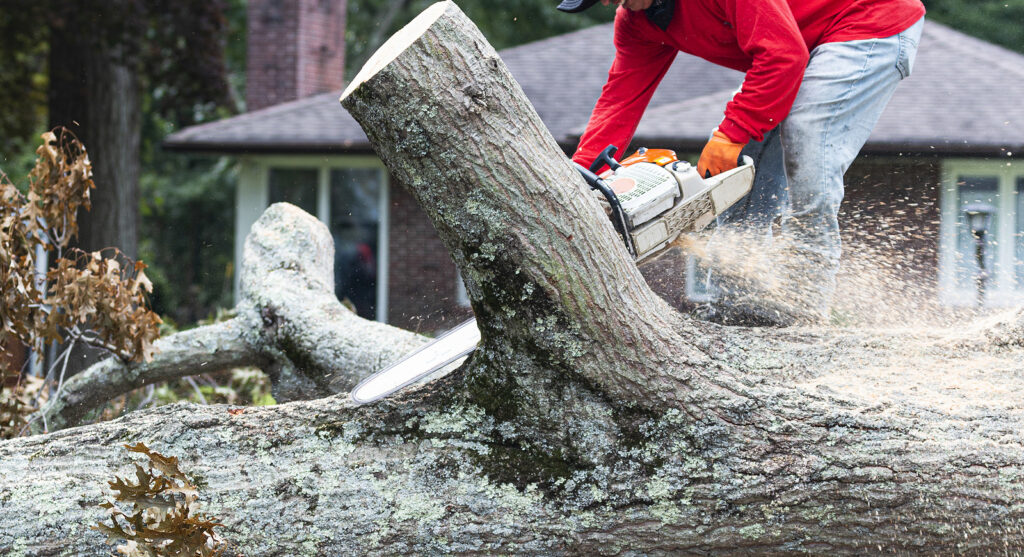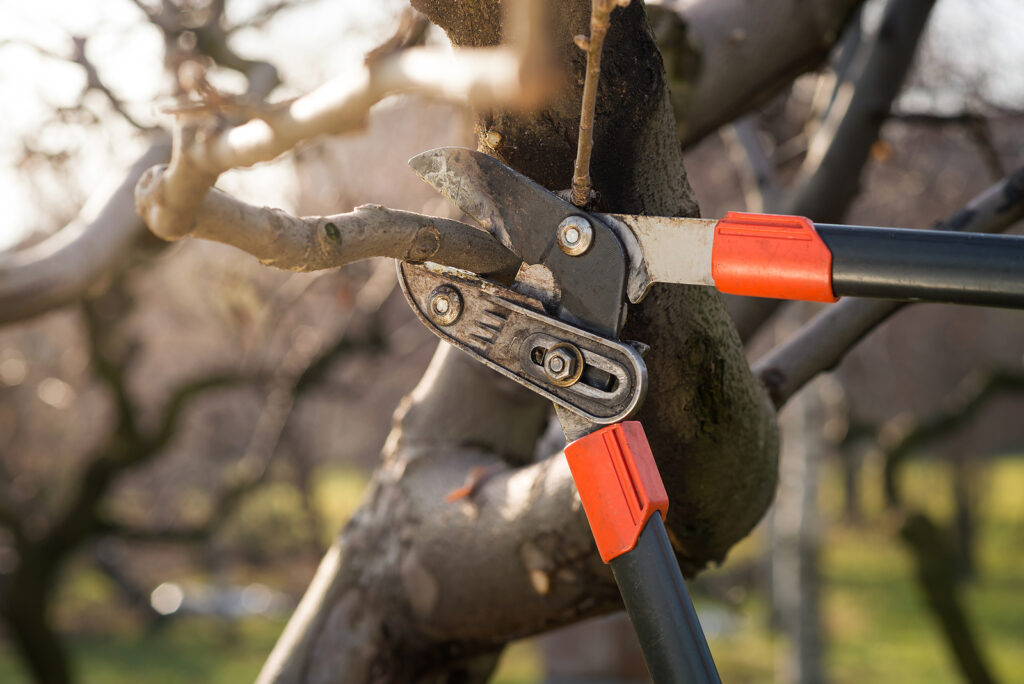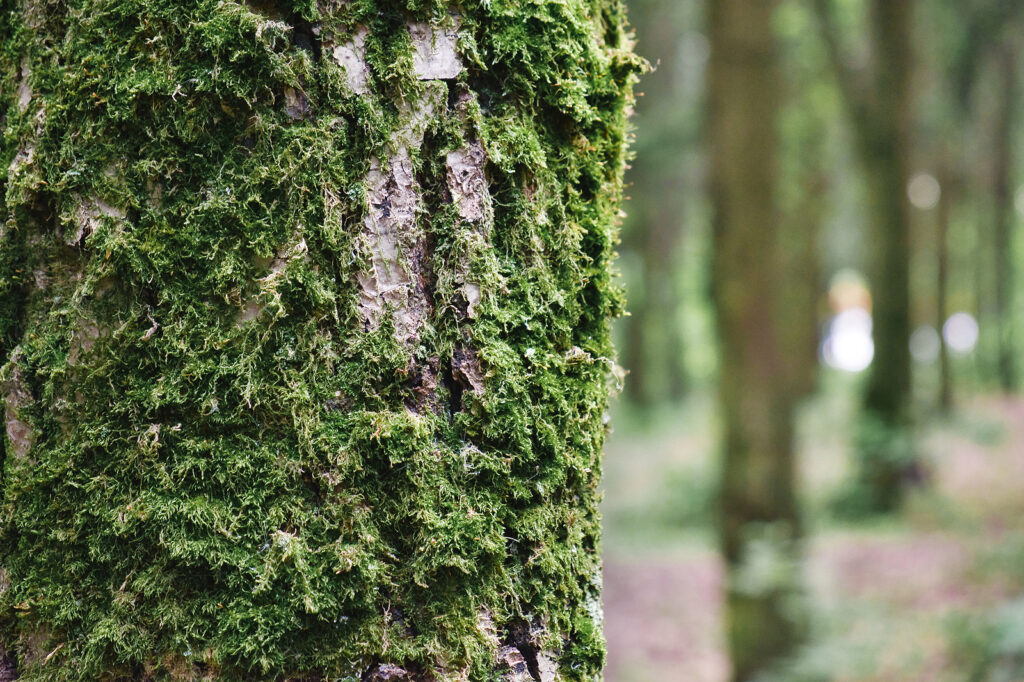Uprooted trees do not survive for long, especially in the summer heat. Regardless of why your tree has uprooted, it is important to make a decision, fast. Continue below to learn which considerations to think about when deciding between replanting or removing an uprooted tree, plus where to get affordable tree service near you.
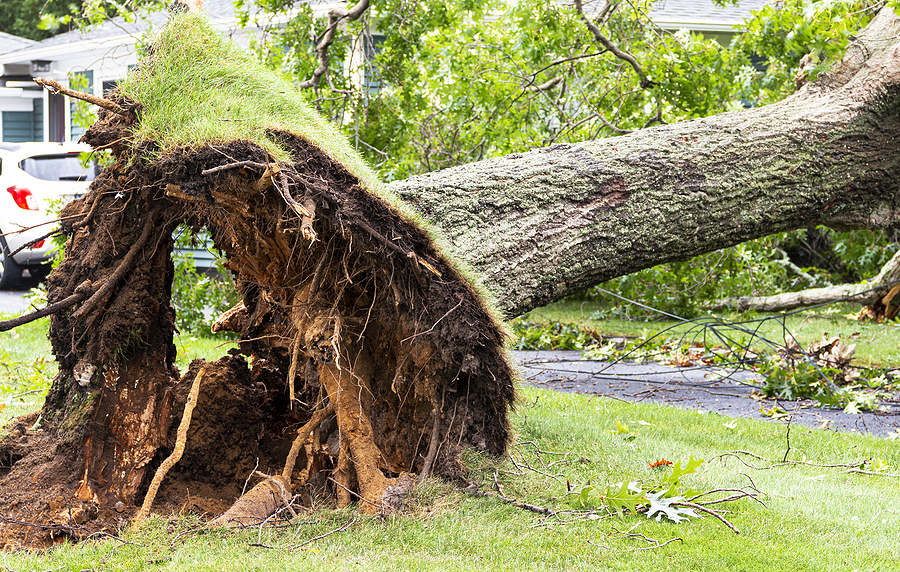
Why Do Trees Come Out of the Ground?
There are many causes behind an uprooted tree, the most common being storms and similar types of inclement weather. However, other reasons why trees uproot from the ground include, but are not limited to, construction accidents, landscaping errors, flooding, drainage issues, soil disruption, soil instability, root damages, poor tree structure, gradation changes, and even wind-throw magnitude.
Will an Uprooted Tree Survive?
Whether an uprooted tree can survive a replant or not depends on several factors, mostly the size and condition of the tree, but also the underlying circumstances that caused the uprooting to begin with. Your best course of action would be to contact a local tree service company in Indianapolis to inspect your uprooted tree and analyze its potential for survival.
Smaller, younger trees have a higher chance of survival after an uprooting. Their root systems are fresh, and not as complex as that of a larger, more mature tree. Larger trees pose more challenges because of their size and the complexity of their root system. For this reason, they are hard to reestablish into the ground after they have been uprooted. In most cases, large trees do not survive transplanting.
Reintegrating a Small, Uprooted Tree
As soon as a small tree uproots from the ground, cover the exposed root ball with a tarp to lock in as much moisture as possible. To reintegrate the uprooted tree into the ground, you will need to dig a new hole directly under the root ball. Use the dirt from that hole to refill the hole the tree came out of originally.
Cut off any broken protruding roots, then gently lift the tree upright and position it inside the new hole you just dug. Pack the soil around the base of the tree, then give it ample water. Do not add fertilizer until you have seen new growth on the tree. You may also want to prune any broken tree branches, but this is not a recommended tree practice for summertime.
Transplant Shock
When a tree is removed from its initial growth spot and reburied in a new spot, a lot of things can go wrong. The altered soil composition, potentially delicate root system, moisture levels, light conditions, and many other factors can negatively affect this relocation process. It can cause a tree to go into an adjustment state called transplant shock. When this occurs, the leaves of the tree change to a yellowish-brown color, curl up at the ends, wilt, and fall off. This type of tree decline is called leaf scorch, and it is caused from dehydration and nutrition deficiency, which stems from tree relocation.
Are you looking for professional advice or service for your uprooted or fallen tree? Contact Complete Tree Care at 317-783-2518 for tree removal services in Indianapolis, Indiana, and all surrounding locations. We serve residential and commercial clients.
Related Posts:
How Much Does it Cost to Remove a Tree That Fell Over?
Should I Remove a Leaning Tree?
Can I Replant a Fallen Tree?

